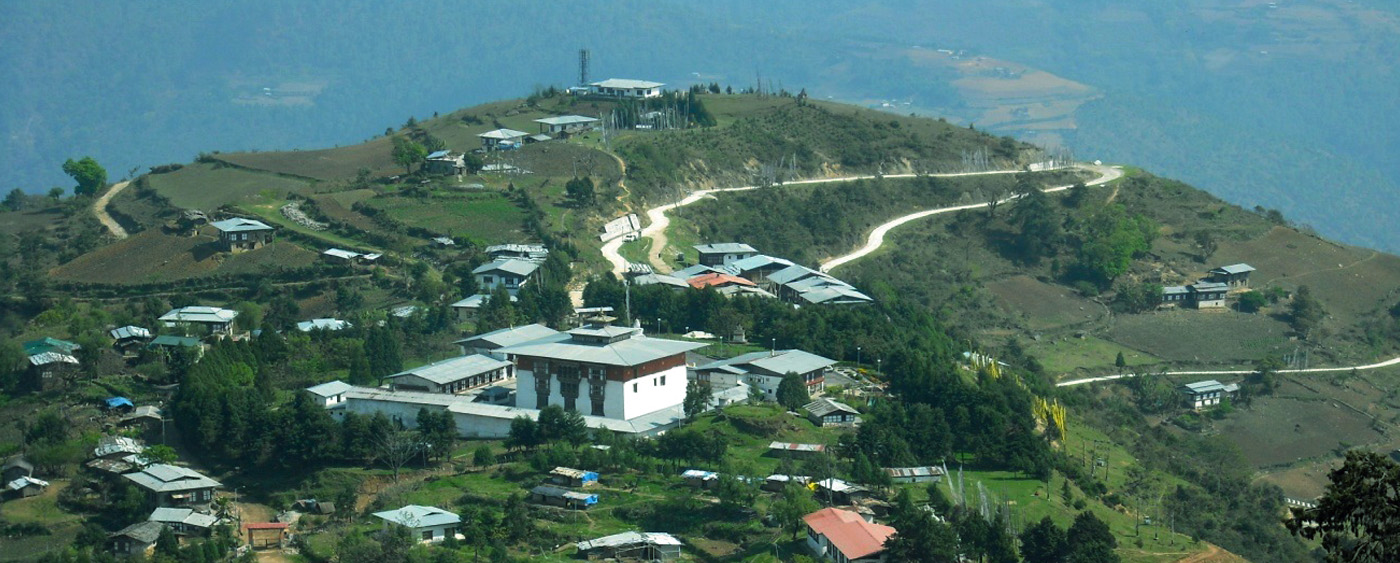Mongar
- May 21, 2016
- Posted by: bhm_admin
- Category: Destinations, Eastern Region

(The Bastion of the Zhongarps):
Serving as a highwayfrom Thimphu to Trashigang, Monger has the population of about 38000, the region is known for weavers and textiles and fabrics considered one of the best in the country. The district covers an area of 1954 sq.kms with elevations ranging from 400m to 4000m. Called as the bastion of Zhongarps for it produced some of the finest administrators in the country whose descendants still continues to lay an active part in the political scene of Bhutan.
Monger dzong:
Mongar Dzong is one of the newest Dzongs built in the 1930’s as same structure as all earlier Dzongs apart from the location difference which is just situated above the town on the gentle slope.Zongkhar Dzong: The Dzong is believed to have been built at a site where the master architect Zow Balip saw a white bowl. Built in the 17th century is located on the hilltop overlooking the village of Themnangbi and is visible as one descends to Lingmethang from the highway.
Dramitse Lhakhang:
This temple was built in the 16th century by Ani Cheten Zangmo, the daughter of the renowned Terton Pema Lingpa. The “Dance of the drums” (Dramitse Ngacham) was originated from this Lhakang in the 16th century, it’s one of the most popular dance performed at many festivals in the country.
Aja Ney:
To receive blessings and wash away the sins pilgrims from various parts of the country converge there. The rock that bears the drawings of 100 syllables “Aa” is believed to have been discovered by Guru Rinpochhe. Most probably 2 days trek from Serzhong village.Yangang lhakhang:Built in the 16th century by Sangdag, the youngest son of Terton Pema Lingpa, today the Lhakang plays an important role in the religious life of the people.
Jarung Khashor Chorten:
The Jarung Khashor Choeten in Lingmethang next to the bridge over the Kurichu River is another monument in the district that is worth paying a visit. The Chorten is modeled after the Jarung Khashor Choeten in Nepal.
